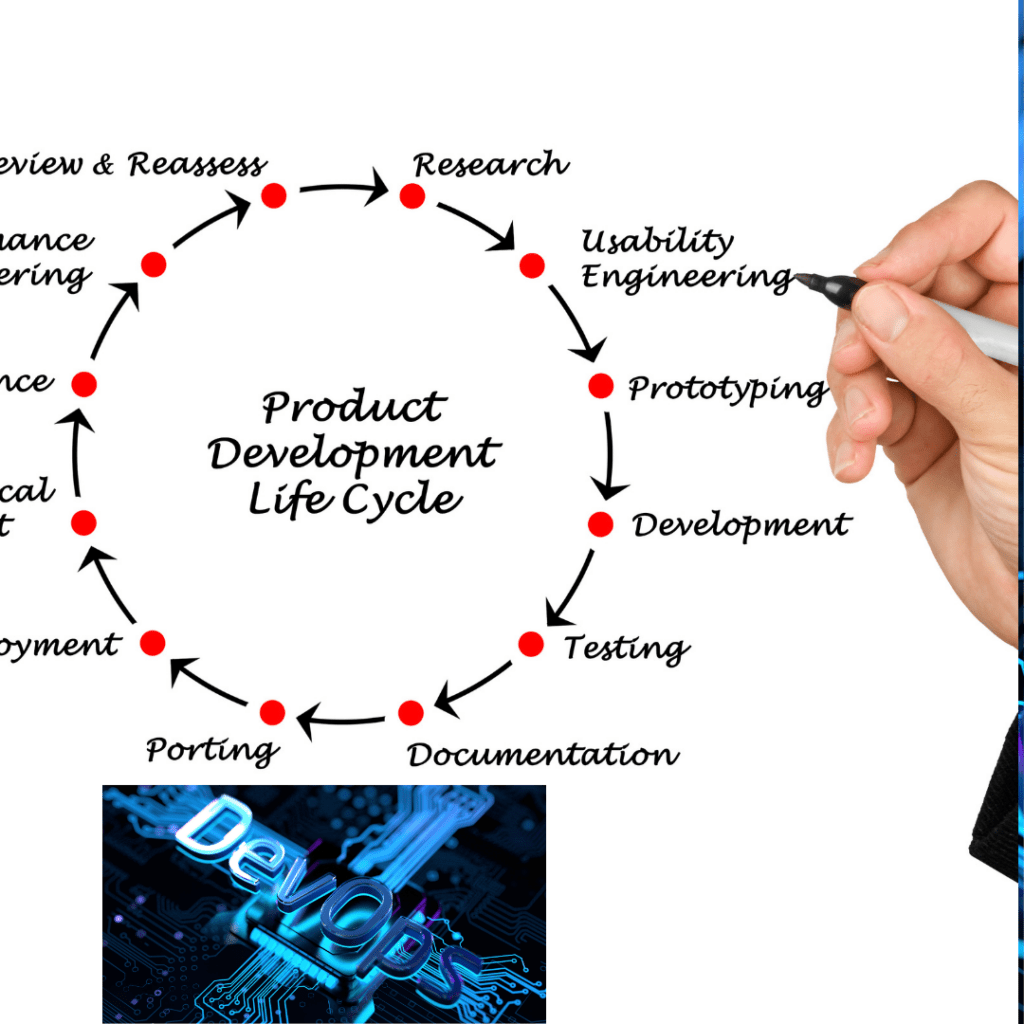Today, a lot of research and development happens in the field of embedded products and their design. It is no wonder that the global embedded systems market is expected to be worth over USD 116.2 billion by 2025.
The rising demand for new digital experiences that blur the line between software and hardware is the key factor behind the growth of embedded systems. As more businesses explore the possibilities of leveraging embedded product capabilities, the number of organizations offering embedded product design and development services has also increased exponentially. But then comes the challenge – how to evaluate an embedded product design and development company?
From the vast number of providers available, it is important to partner and invest in the right candidate. But most businesses face difficulties in qualifying an option for their product development.
Here are 5 criteria that businesses can use to pick the right embedded product design and development company for building their ambitious offering:
Knowledgeable Domain Expertise
Embedded systems find use cases in most domains. Your business needs to first finalize on the area or target customer domain where your embedded offering will be put to use. Then the next step is to evaluate the expertise level of service providers in that particular niche or domain. For example, if you are on the journey to build an embedded healthcare product, it is highly advisable to pick a partner that has built similar products for companies in the healthcare space or has expertise in building embedded solutions for a different niche in healthcare. This will ensure that the final product being built is compliant with unique demands from regulators and empowers successful customer experience metrics in your domain.
Integrated Hardware and Software Experience
Embedded product design and development is successful when there is the right balance of software and hardware intelligence that collaborates well within the operational ecosystem to deliver amazing customer experiences. When evaluating a partner company for building your ambitious embedded offering, there should be a clear understanding of how equipped they are from a hardware and software perspective. The partnering company needs to have specialized software tools for designing functionality, reliable and quality certified hardware components with handling and management expertise, trained or certified professionals to build the collaborative experience, follow recognized protocols and policies in embedded architecture, and so on.
Proven Track Record
One of the best and most important facets of evaluating a partner for embedded product design and development is to verify their credentials through proven past engagements. Request for references and portfolio of their work, research and seek recommendations from their past customers especially those operating in similar or related domains, and verify their work schedules, processes, and policies through comparing with internationally recognized standards.
Innovative Outreach
Not all businesses may have an end-to-end vision about their embedded offering. This results in gaps in product journeys wherein competitors with more forward-thinking approaches can win customers. To counter this, businesses can turn to partners who have established credentials for innovation. An example could be a dedicated R&D practice or COE from the partner that helps identify more use cases, recommends new features, and leverages more innovative hardware or software tools and architecture, etc., to build more appealing end-user experiences. A partner that can bring innovation to the heart of your embedded product design and development initiative is always a higher priority than those that lag in innovation capabilities.
Sustainable Development Approach
The key to the longevity of your embedded offering in the market doesn’t always lie in the celebrated feature list, but in how well it is able to sustain in dynamic market conditions. There is a need to constantly adapt to changing consumer demands, integrate newer technology in both hardware and software as they evolve, and accommodate newer use cases for as long as possible with minimal investment. This requires designing and building a product that has a sustainable architecture that can be flexibly extended or enhanced to meet new demands in the future. To achieve this, the partner you choose needs to have experience in architecting embedded products from scratch, envision their progression journey, and build a roadmap that can easily accommodate changes over time.
Designing and developing an embedded product for today’s digital economy requires talent, technology, and the right vision. Bringing together these facets on their own will be a daunting task for businesses but they can always partner with vendors who excel in these areas. By evaluating their credibility using the five criteria we have outlined, businesses can kickstart their ambitious move into the embedded product development space, and can guarantee results in the fastest time frame possible.


